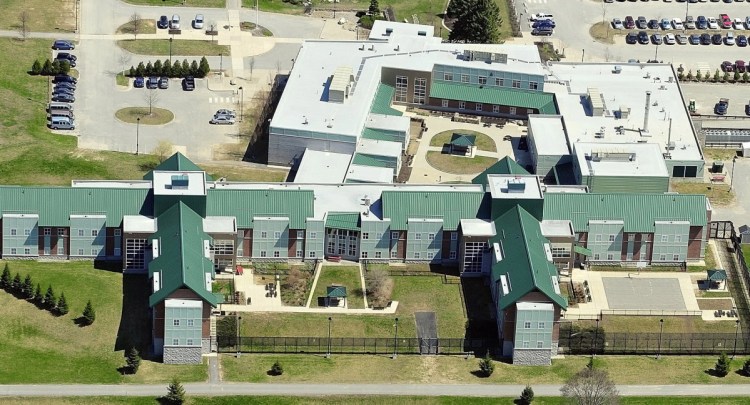It’s hard to tell what came first at Riverview Psychiatric Center, the exhausting, often dangerous working conditions or the unsatisfactory care. But what is clear is that the two feed off each other.
Patients with challenging behavioral and mental health diagnoses make Riverview a difficult place to work, and lead to rapid employee turnover, which in turn can lead to lapses in care that bring out the worst in a patient’s illness.
That self-reinforcing cycle turned over more than a few times in the years after Riverview had its federal certification revoked, and likely before, when officials brought in correction workers to handle troublesome patients, substituting pepper spray and stun guns for appropriate care.
Looking back, it’s easy to see how the hospital was set up for failure, and it is a great lesson for policymakers facing a threadbare social safety net.
PAY RAISES WORK
Things are better now. The latest report from Daniel Wathen, the court master who oversees people under state care for mental illness, shows that the pressure on Riverview workers, at crisis level not long ago, has abated.
As Wathen notes, monthly overtime hours dropped from 2,900 in March 2014 to 240 in March 2018. Monthly mandated shifts – times when workers are forced to stay on for a second shift, often with no notice, because there is no one else to fill it – fell from 69 to three in the same period.
What changed? Riverview competes not only with area hospitals and other health care providers, but also industries like retail that offer similar pay with less stress, making it difficult to maintain staff. After a 2016 law was passed allowing more competitive pay, Riverview was able to hire and retain more nurses and mental health workers.
At the time the law passed, Riverview was short one-third of its nursing staff and one-tenth of its mental health workers – 51 positions out of 364. The Department of Health and Human Services had begun to improve care at the hospital, Wathen said at the time, but staffing issues were “killing their initiatives.”
The law passed over the veto of Gov. Paul LePage, who objected to the pay raises even as Wathen pointed out that staff shortages and poor morale were harming the “continuity of care and the establishment of trusting relationships” at Riverview.
CHRONIC UNDERFUNDING
It is a remarkably similar situation to the one occurring in the DHHS Office of Child and Family Services.
There, too, underpaid and undersupported employees were left to deal with increasingly difficult work. In the case of child welfare services, the opioid epidemic and other factors were increasing workloads and overburdening caseworkers, the extent of which was not realized from the outside until the death of two young girls last winter.
Gov. LePage tied himself in knots trying to explain the problem without placing blame on his administration’s failure to relieve the pressure on caseworkers. He tried to push the problem onto the next governor, though the Legislature ultimately funded pay raises for caseworkers and as many as 40 new positions.
In both cases, the governor tried to turn attention away from his administration’s neglect of important social services. You can’t solve every problem with money, but if the problem is caused in large part by chronic underfunding, then it has to be part of the solution.
The crises at Riverview and within the child welfare system occurred in large part because people performing some of the most challenging frontline social service jobs were underpaid and underappreciated. As a result, people left those jobs, depleting staff morale and its capacity to do its work.
With that, the cycle starts spinning. It’s familiar to anyone now working in the low-level jobs that make up the social safety net, and they know if nothing changes, the next crisis is right around the corner.
Send questions/comments to the editors.


